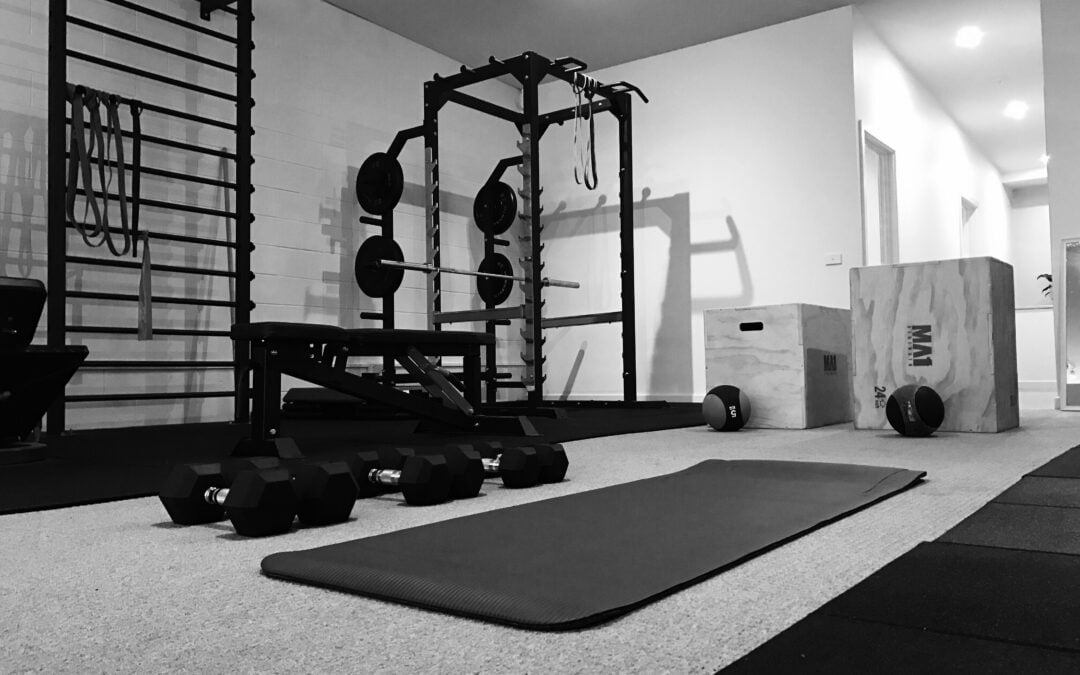High intensity interval training, or HIIT, has grown in popularity as a training method of late with F45, Metafit and Tabata amongst the more popular forms. It is a time-efficient form of training that is attractive to the modern, ‘busy’, lifestyle with sessions often lasting between 30-45 minutes.
What is interval training?
Interval training is exercise that involves short periods of higher intensity exercises alternating with short periods of lower intensity exercise, or rest (Norton, Norton & Sadgrove, 2010). More specifically, HIIT is a period of anaerobic exercise (>85% VO2 max), followed by low-intensity aerobic exercise (20-40% VO2 max).
How is it performed?
HIIT training can be performed individually or in a group setting. Simple body-weight drills such as burpees, squats, planks, jumping and running can be used to formulate a HIIT session. The use of gym equipment, such as medicine balls, barbells, kettlebells, resistance bands can also be used to add increased difficulty and variety to training.
What are the benefits?
A recent article published by the British Journal of Sports Medicine (BJSM) found that HIIT training can help:
- Improve VO2 max
- Weight control
- Reduce body fat percentage
- Reduce resting heart rate
- Improved cardiometabolic health
Are there any risks?
Like any form of exercise, individual injuries and health issues need to be taken into account and exercise modified accordingly. If you have any apprehension undertaking this excellent form of exercise, you should consult your health professional for advice on exercises that should and shouldn’t be included.
References:
Batacan RB, Duncan MJ, Dalbo VJ, et al. Effects of high-intensity interval training on cardiometabolic health: a systematic review and meta-analysis of intervention studies. Br J Sports Med 2017;51:494-503.
Norton K, Norton L, & Sadgrove D. Position statement on physical activity and exercise intensity terminology. J Sci Med Sport 2010;13:496–502
